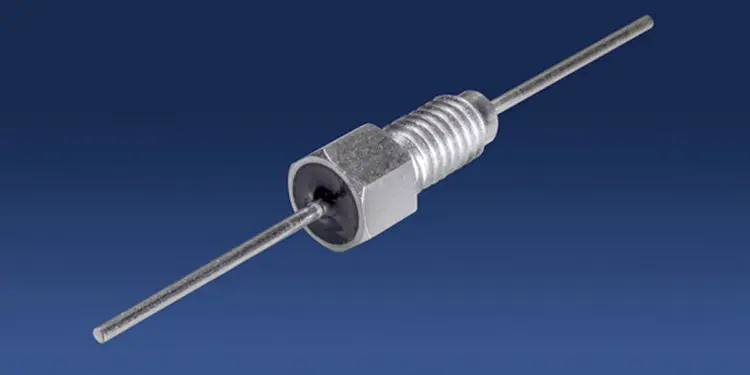Some filter manufacturers may quote MIL-STD-461 in their literature, however this equipment specification that can’t be applied directly to filters. Knowles Precision Devices blog provides clarity on the standard clears up some common misconceptions.
The US MIL-STD-461 specification manages electromagnetic interference emissions by setting limits on the levels that can be emitted from electrical equipment. This specification also sets regulation to control equipment susceptibility to external noise sources and establishes guidelines for properly measuring the relevant equipment features.
For background, a piece of electrical equipment behaves as a “source” that generates EMI; EMI, transmitted by conduction and radiation, could be incident upon a receiver (for instance, another piece of electrical equipment or a test fixture). The level of the electromagnetic signature for the conducted emissions is determined by the characteristics of the receiver. For example, a switched-mode power supply (SMPS) may be “noisy” and filament lights may be “quiet.”
If emissions from the equipment exceed the limits set by MIL-STD-461, then they need to be attenuated using an EMI filter. In order to meet requirements, the filter must suppress emissions to a low enough level for the equipment to claim compliance across the frequency spectrum.
The electromagnetic signature of the equipment determines the EMI filter performance requirements, and the filter manufacturer can only get that information from the equipment manufacturer. From there, the claim for compliance can normally be verified by test and measurement. That said, no filter manufacturer can claim that their filters “meet” MIL-STD-461. MIL-STD-461 is an equipment specification that cannot be applied directly to filters.
All filter manufacturers catalogue their filter performance as insertion loss in a reference impedance system (typically 50Ω). The filter manufacturer does not know the level of emissions associated with a specific piece of equipment, nor the real-world terminating impedances as presented to the filter. The published filter insertion loss performance at, or across, a particular frequency range will not necessarily represent the equivalent attenuation of equipment emissions in practice. The equipment manufacturer will need to conduct their own tests to determine whether the part is suitable and the filtered equipment meets the requirements of MIL-STD-461.
A situation might arise where the proposed filter is “above specification” requirement, and the equipment easily conforms to MIL-STD-461. In contrast, equipment may be so electromagnetically noisy that a proposed filter would automatically fail to support the equipment in meeting MIL-STD-461 specifications. There is no guarantee that incorporating a particular filter into a piece of equipment will enable it to comply with MIL-STD-461 emissions limits.
Some filter manufacturers may quote MIL-STD-461 in their literature; however, no filter supplier can properly quote it. At Knowles Precision Devices, if we receive a filter inquiry that refers to MIL-STD-461, we ask exactly what level of attenuation you require. We can suggest part numbers based on that detail, but ultimately you will need to test parts to determine if they are suitable.
featured image source: Knowles Precision Devices

































